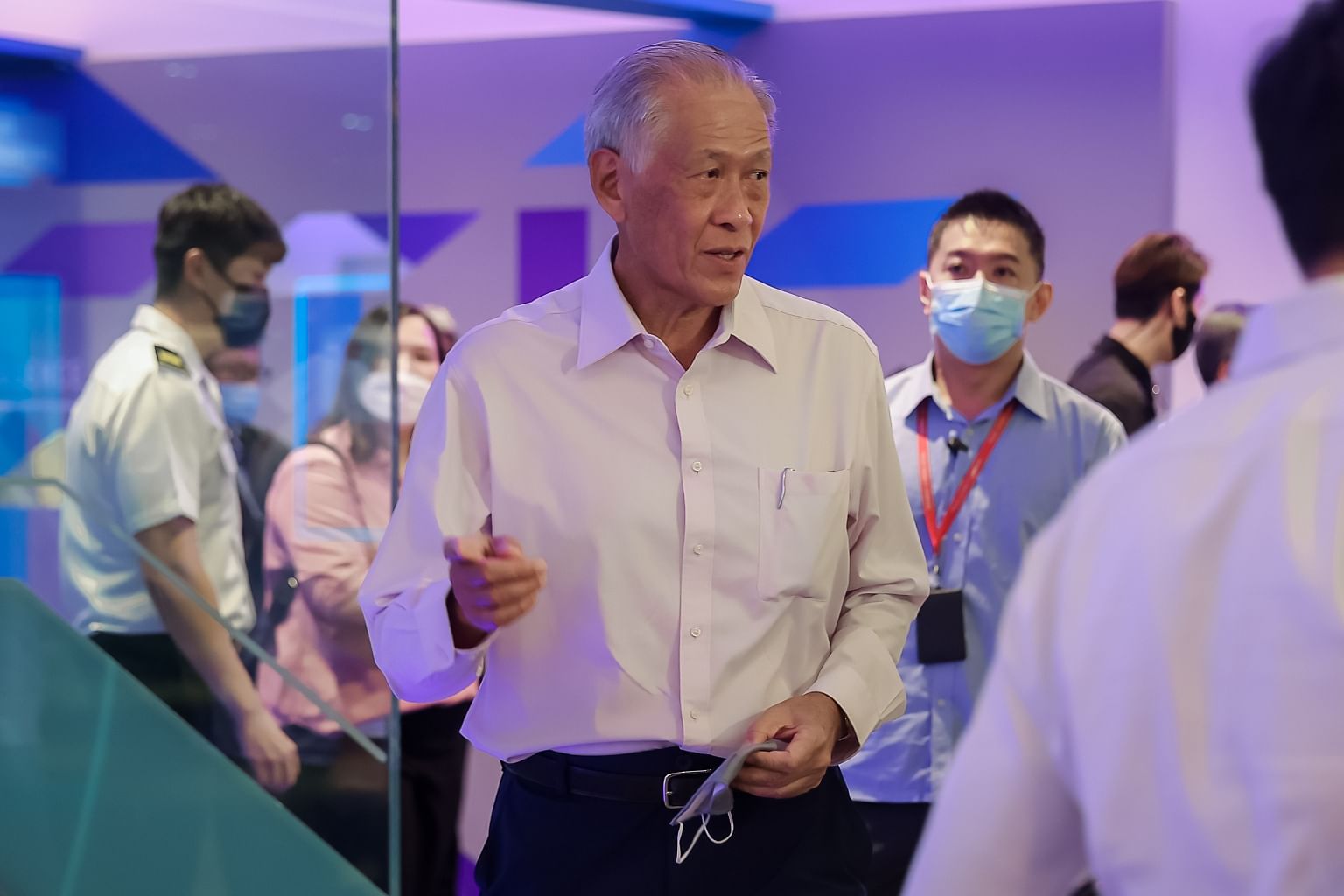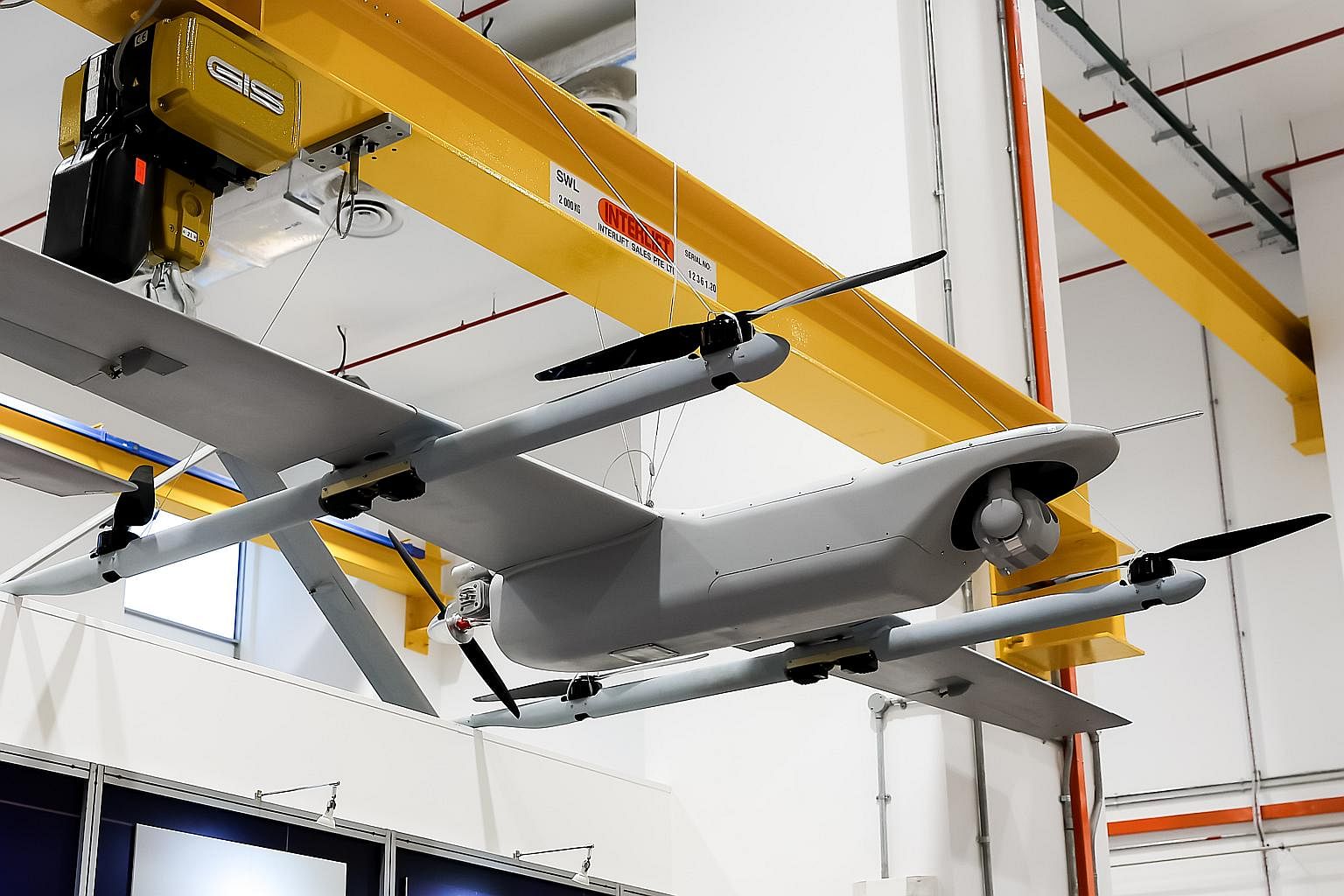DSO scientists develop tools that auto detect deepfakes
Sign up now: Get ST's newsletters delivered to your inbox
Follow topic:
SINGAPORE - The proliferation of digitally altered videos of people, such as deepfakes, has seen scientists at the DSO National Laboratories devise tools to automatically detect them when they are used.
Since last year, the team has been employing artificial intelligence (AI) technology to pick up signs that may not be perceptible by humans.
These include poorly rendered fine details such as hair or unnatural lip movements.
DSO scientists say having such home-grown capability is critical to give Singapore the edge over the AI employed by malicious actors, given the rapid evolution of manipulation techniques.
DSO AI scientist Terence Neo, 26, said there is a need to develop tools to detect such fakes across various platforms and identify falsified media.
"When used by malicious actors, such manipulated media can be used to misinform and polarise public opinion," he added.
The AI tool to detect such fakes is among defence tech projects that DSO is showcasing at its 50th anniversary exhibition at the DSO Complex near Kent Ridge.
The event is open to staff and selected guests only.
Other innovations at the week-long exhibition include those in the fields of unmanned systems, cryptography, cyber security, and miniaturised radio frequency and electronics.
Defence Minister Ng Eng Hen said that DSO is indispensable to the Singapore Armed Forces (SAF) and the Ministry of Defence (Mindef).
"It represents, in so many areas, a cutting edge without which we would be at a serious disadvantage because of our constraints of manpower and space," Dr Ng told reporters at the opening of the exhibition on Tuesday (July 19).
DSO has about 1,600 research scientists and engineers working across land, sea, air, space and cyber domains.
It traces its history to 1972, when three engineers were tasked by then Defence Minister Goh Keng Swee to study electronic warfare.
The organisation was restructured and corporatised as a company limited by guarantee under the Ministry of Defence in 1997 and took on its current name.
Traditionally secretive about much of its work, DSO aims to provide the SAF and Mindef with cutting-edge technology, to overcome Singapore's constraints of a small population and geographical size.
Over the years, it has contributed to the SAF's platforms and capabilities.
It helped develop airborne radars, underwater vehicles for sea mine detection, and capabilities against chemical, biological, radiological and nuclear threats.

Dr Ng said DSO will continue to play a crucial role in the new Digital and Intelligence Service (DIS) - the SAF's fourth arm, which is slated to be inaugurated by the end of the year.
He added that DSO's work will be crucial to DIS, as it is to the navy, army and air force.
"DIS more so because the DIS is more centred on cyber and intelligence and information. So it will be crucial, but I think the DSO has been early to the game, if you look at these exhibits," he said.
The DSO AI team said it is working on making its systems more robust.
An autonomous vehicle can be fooled by markings on the ground and take a wrong turn.
An automatic target detection system powered by AI may miss out on a high-value target because of stickers or patches that are stuck on it.

Said Mr Neo: "These robust models need to be developed in-house because it is an emerging field, with almost no commercial solutions at this stage."
He added that commercial solutions may also contain intentional vulnerabilities that can be exploited.
In the field of robotics, work started last year on a four-legged robot to manoeuvre through tight spaces and narrow corridors, and even climb stairs.
The robot will be used to conduct surveillance in urban environments.
Called the Harrier, the robot resembles a dog and can generate 3D maps indoors in real time without the need for prior maps of the area.

